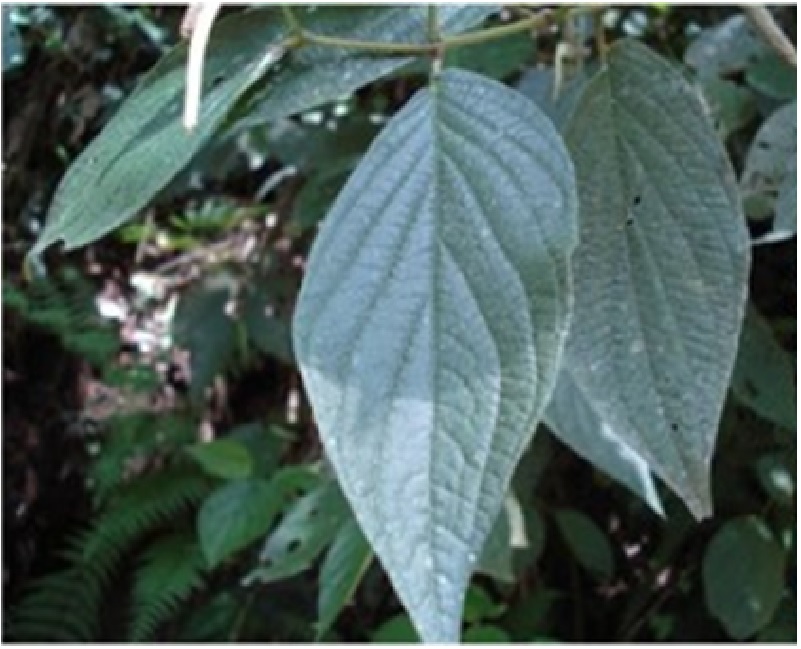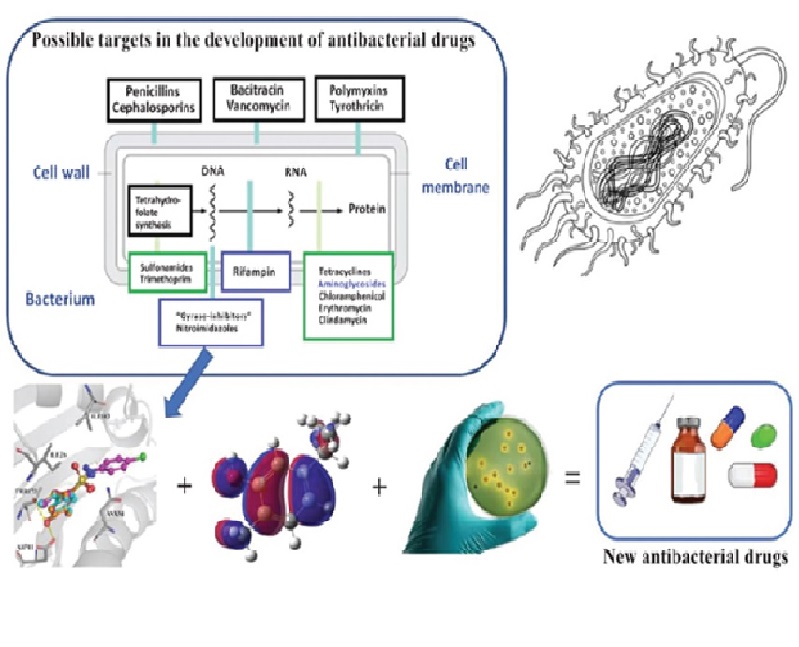
Authors:
Ros, Uris1 ; Carretero, Gustavo P. B.2 ; Paulino, Joana2 ; Crusca Jr., Edson3 ; Pazos, Fabiola1 ; Cilli, Eduardo M.3 ; Lanio, Maria E.1 ; Schreier, Shirley2 ; Alvarez, Carlos1
Abstract:
Sticholysin I and II (Sts: St I and St II) are proteins of biomedical interest that form pores upon the insertion of their N-terminus in the plasma membrane. Peptides spanning the N-terminal residues of StI (StI1-31) or StII (StII1-30) can mimic the permeabilizing ability of these toxins, emerging as candidates to rationalize their potential biomedical applications. These peptides have different activities that correlate with their hydrophobicity. However, it is not clear how this property contributes to peptide folding in solution or upon binding to membranes. Here we compared the conformational properties of these peptides and shorter versions lacking the hydrophobic segment 1–11 of StI (StI12-31) or 1–10 of StII (StII11-30). Folding of peptides was assessed in solution and in membrane mimetic systems and related with their ability to bind to membranes and to permeabilize lipid vesicles. Our results suggest that the differences in activity among peptides could be ascribed to their different folding propensity and different membrane binding properties. In solution, StII1-30 tends to acquire α-helical conformation coexisting with self-associated structures, while StI1-31 remains structureless. Both peptides fold as α-helix in membrane; but StII1-30 also self-associates in the lipid environment, a process that is favored by its higher affinity for membrane. We stress the contribution of the non-polar/polar balance of the 1–10 amino acid sequence of the peptides as a determining factor for different self-association capabilities. Such difference in hydrophobicity seems to determine the molecular path of peptides folding upon binding to membranes, with an impact in their permeabilizing activity. This study contributes to a better understanding of the molecular mechanisms underlying the permeabilizing activity of Sts N-terminal derived peptides, with connotation for the exploitation of these small molecules as alternative of the full-length toxins in clinical settings.
1 Center for Protein Studies, Biology Faculty, University of Havana, Havana, Cuba
2 Department of Biochemistry, Institute of Chemistry, University of São Paulo, São Paulo, Brazil
3 Department of Biochemistry, Institute of Chemistry, São Paulo State University, Araraquara, São Paulo, Brazil
Link to full article: https://www.sciencedirect.com/science/article/pii/S0300908418302840







